Sow Your Success: Unearth the Secrets of a Thriving Garden in Florida's Heat!

By Jorge Sanchez
August 3, 2023
The end of summer in Central Florida can be a great time for planting specific vegetables that thrive in the heat and humidity. Here's your library guide to what you can plant in your garden during this season and how to keep those pesky pests away using companion plants!
Starting September 1st our Seed Library will feature a selection of the following seeds that you can choose from to get your Fall harvest started:
- Basil
- Cabbage
- Cucumber
- Eggplant
- Kale
- Tarragon
- Peppers
- Spaghetti Squash
- Strawberry
- Tomato
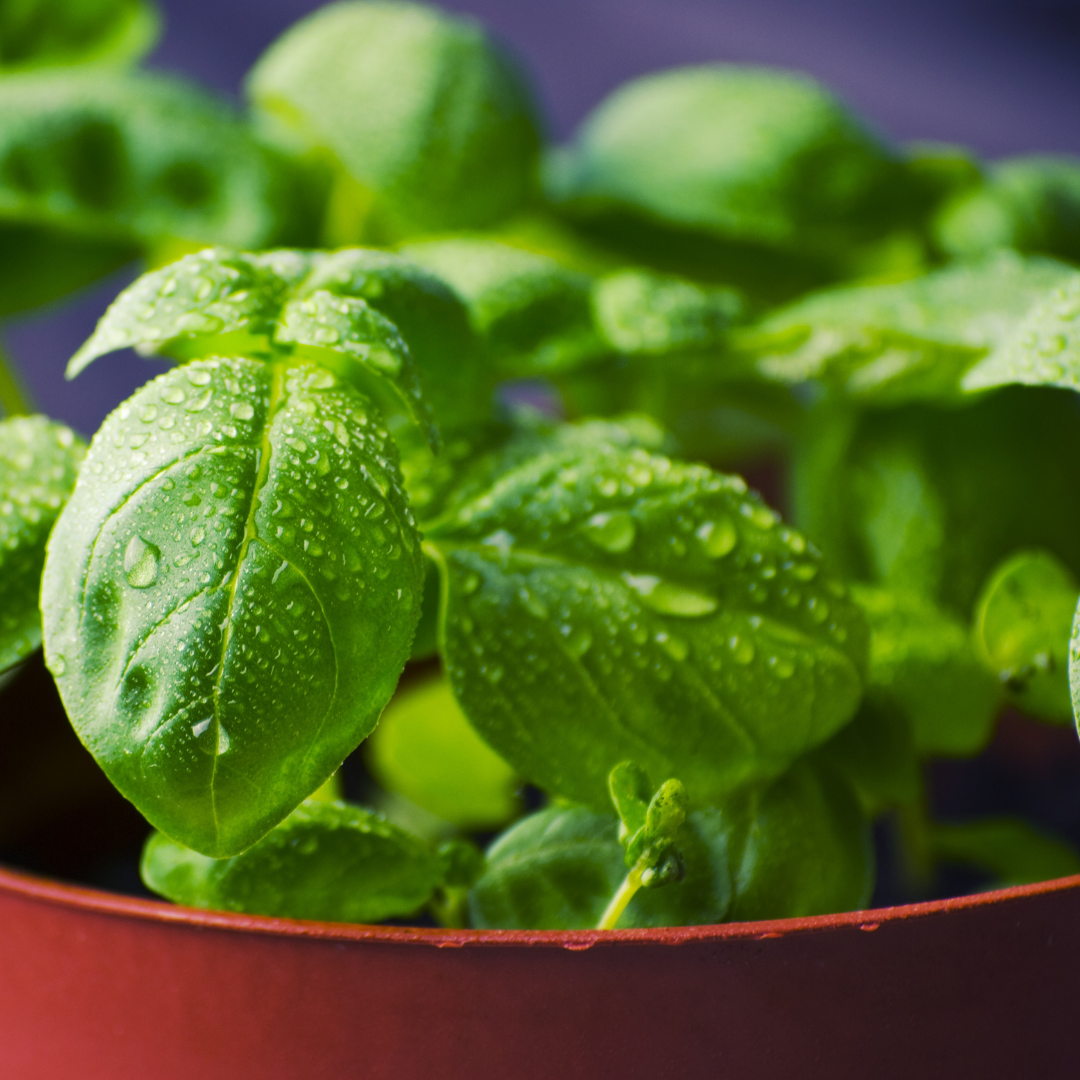
Basil
This is a heat-loving herb that can be planted during the summer months. Basil also has the reputable quality of repelling bugs like flies and mosquitoes, which can introduce pathogens to your plants. This plant thrives when it has good airflow and when watered at the base, meaning it is best to prune occasionally to avoid bushiness. This seed strain is resistant to fusarium, a fungus characterized by grey-black spotting on the underside of the basil leaves, and does very well when light levels of nitrogen fertilizer are introduced to its soil!
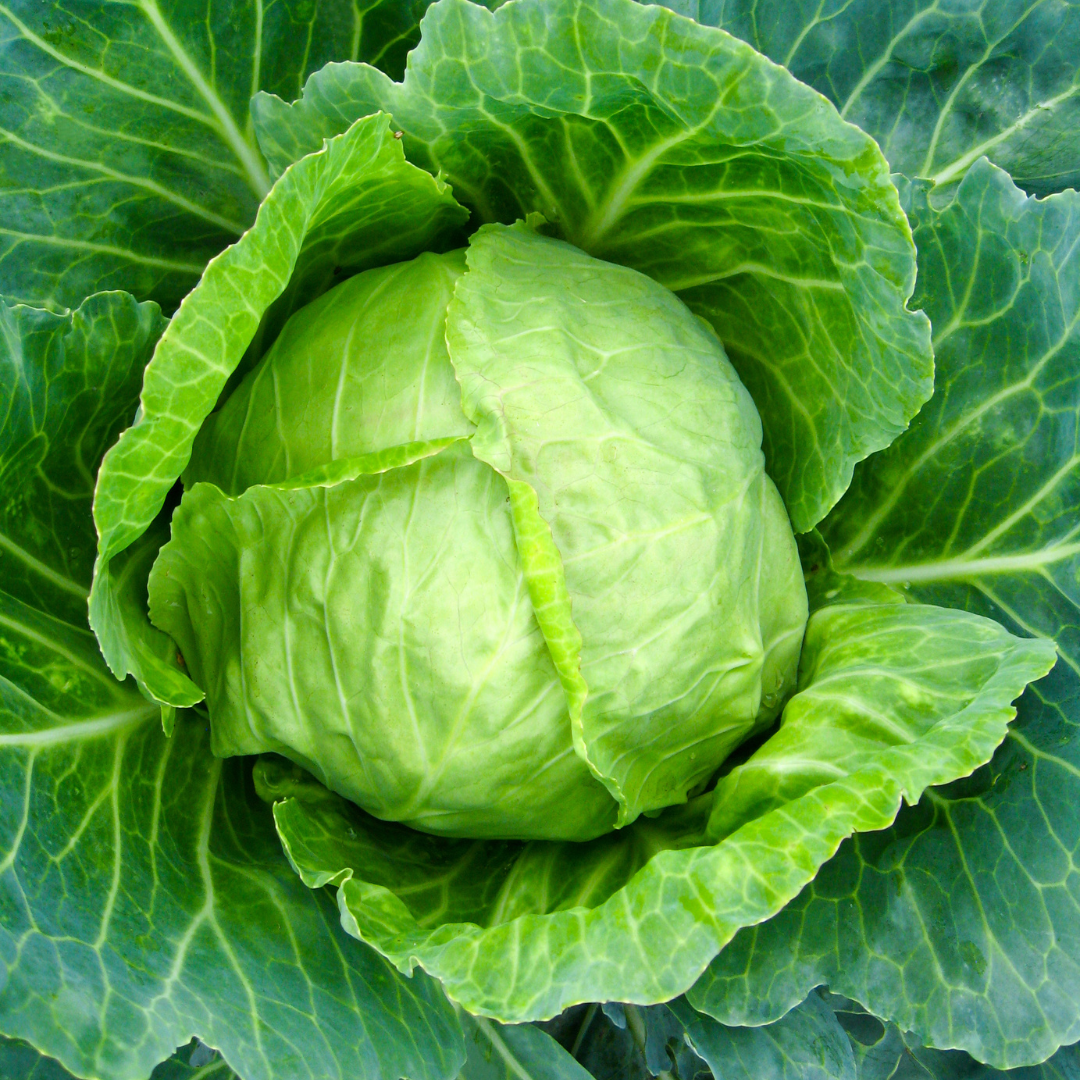
Cabbage
Cabbage generally prefers cooler weather. In Florida, it's typically planted in late summer or early fall for a winter harvest. Your cabbage should finish developing within 63 days, making this a relatively fast-growing plant! Growing them alongside tomatoes and marigolds gives them a better chance of thriving, since they may repel moth larvae and other critters. Due to Florida’s humid climate, you’ll want to be wary of black leg disease (phoma lingam), characterized by black-blue spots along the stem, as well as sizeable yellow-gray concentric spotting on the leaves of the plant. The key to avoiding this and similar pathogens from affecting your plant is to ensure that the plant does not have nearby plants crowding it, doesn’t have sitting water within its leaves, and also keeping its soil uncompacted.
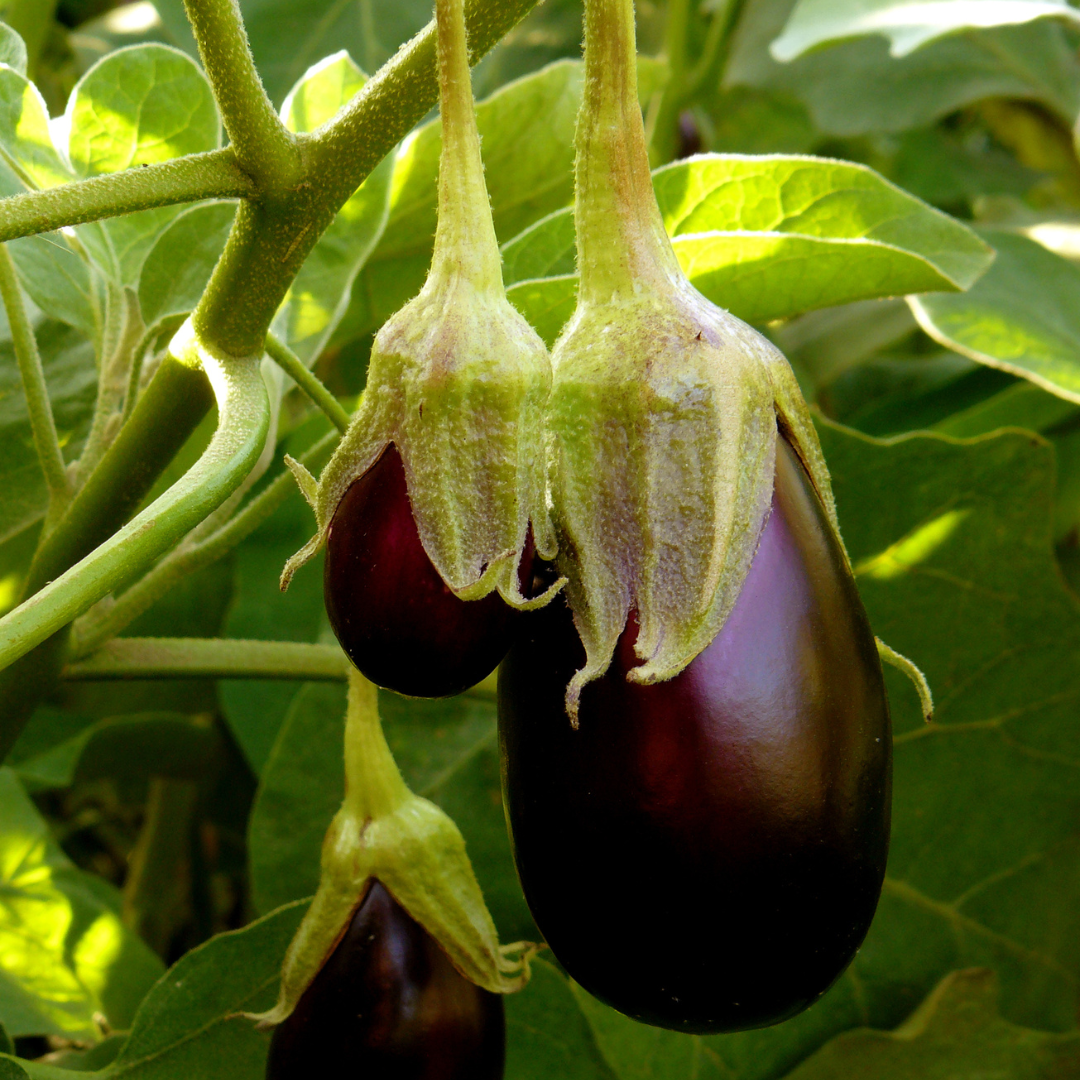
Eggplant
As a heat tolerant plant, these can be planted in the summer and produce fruit into the fall. Mulching the area in which they grow can help stabilize soil temperature and retain moisture, which this plant will need a lot of during the summer months. While this is the case, try to watch out for over-watering, which can stifle growth and damage both your plants roots and leaves. Adding some nitrogen fertilizer and growing them along stakes will help in provide fullness and structure. Given these conditions, your eggplant should reach its adult stage within 60 days. Some great companion plants you can plant alongside your eggplants are marigolds and mint, aiding in deterring aphids and other critters.
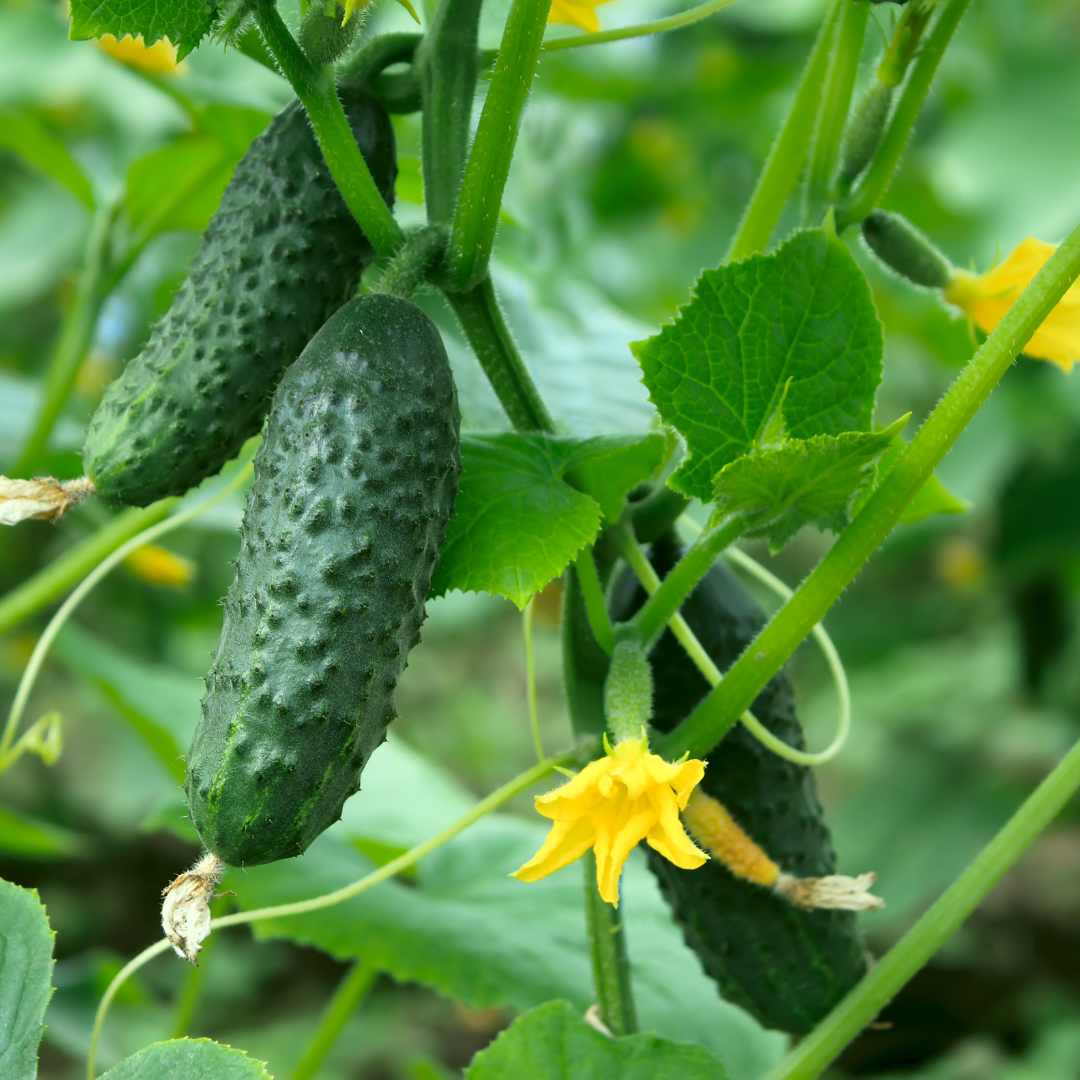
Cucumber
While they love warm weather, the intense heat of this years’ Florida summer may be too much for them. We recommend planting these in early fall, no later than the end of September. Keeping the soil consistently moist is key to ensuring a healthy harvest, but make sure to practice restraint so as not to waterlog them either! While this plant requires full sun, providing them with shade during peak heat hours can protect them from damage. Cucumbers can also be affected by aphids, which can be kept at bay by growing garlic or chives near your cucumber plant.
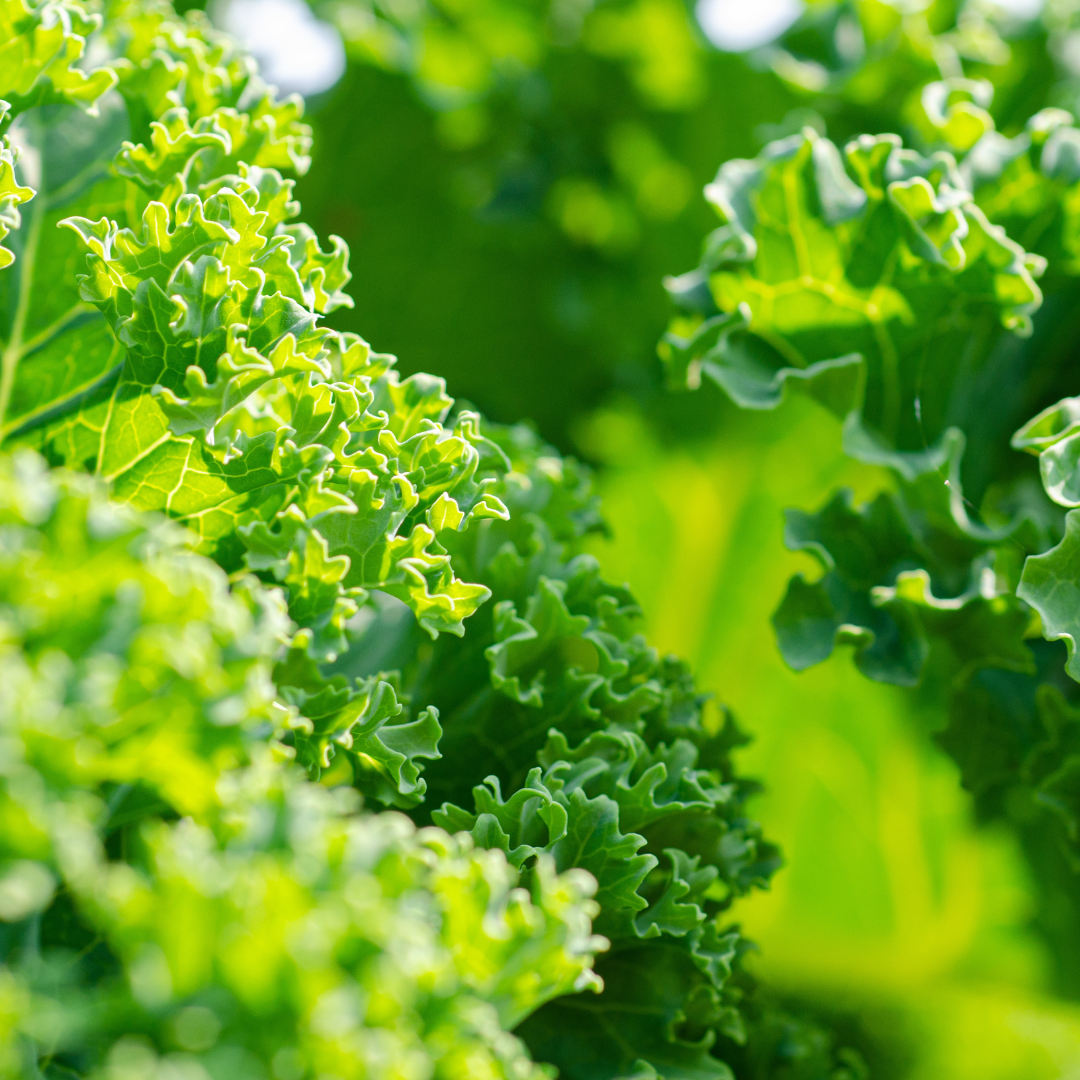
Kale
Kale generally prefers cooler weather. In Florida, it's best to plant it in the fall for a winter harvest. Early in their growth, it’s best to keep this plant a bit shaded from full sun, and the soil cool with straw or mulch around the base of the stem. While they mature quickly, at around the 65-day mark, it is best to move the plant to full sun after the first month. Thankfully, pests don’t typically bother kale the way they would other members of the brassica family, but they can attract the occasional cabbage worm. These bugs are known to carry a disease known as the granulosis virus (pieris rapae GV), which can end up spreading to the roots through overhead watering. Growing kale alongside garlic, chives and mint can keep insects away from these plants due to their strong scents, while growing beans and other legumes can benefit the kales growth.
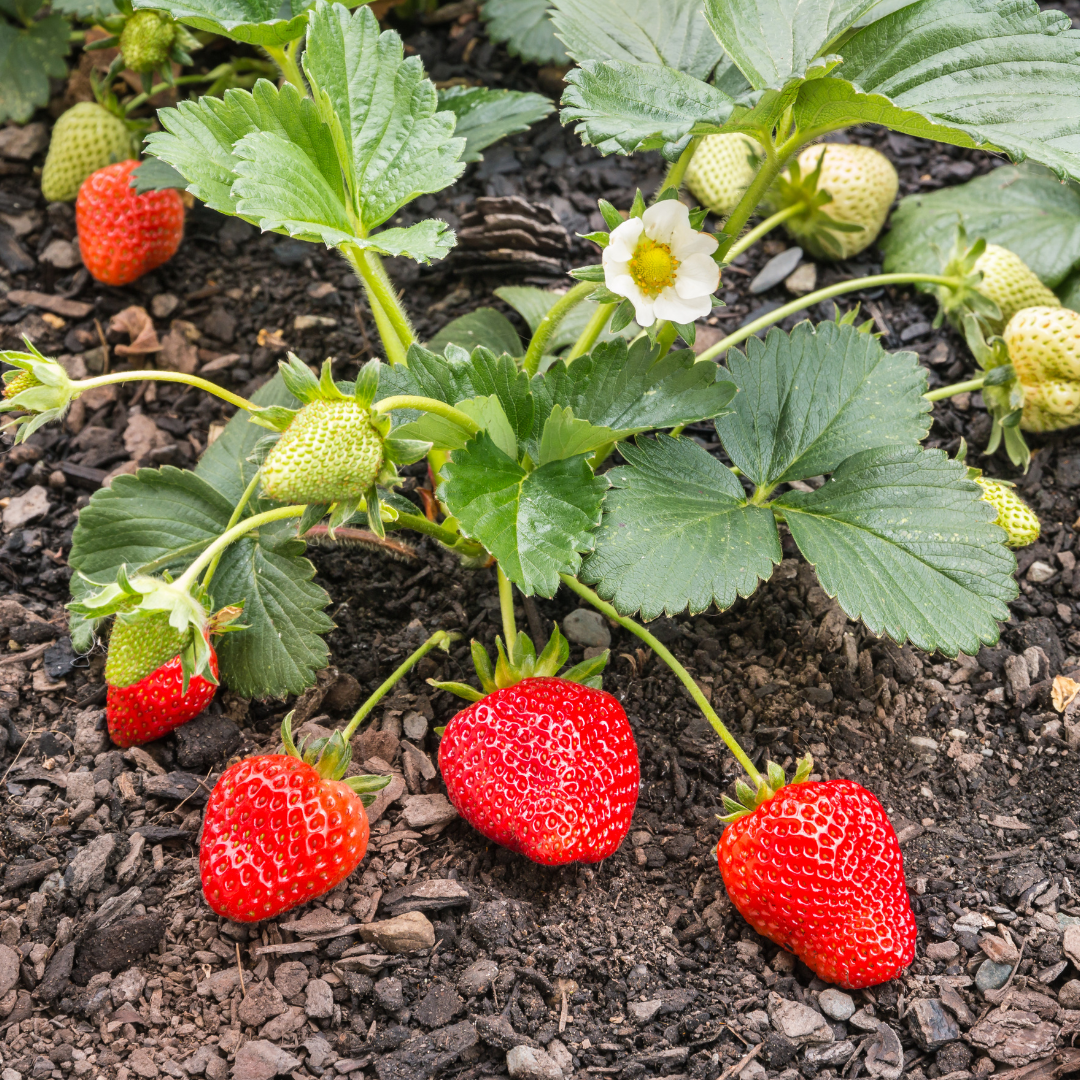
Strawberry
What plant is more recognizable to the everyday Floridian than the strawberry? Not very many! This variety of strawberry is a bit smaller than your typical grocery type, which makes them perfect to grow in pots, jars, or window boxes. Coming in at a steep 120 days to adulthood, you’re going to need a little patience for these guys to finish up. One tip to a better fruit yield here would be to remove any flower buds for the first few weeks of flowering, giving the plant time to redirect energy on growing its roots. Try not to do any overhead watering here, as diseases like powdery mildew can come from water sitting too long on the leaves, damaging your plants ability to fruit. Avoid planting them near other plants, as you’ll want this plant to grab as much nutrients as it needs from its soil.
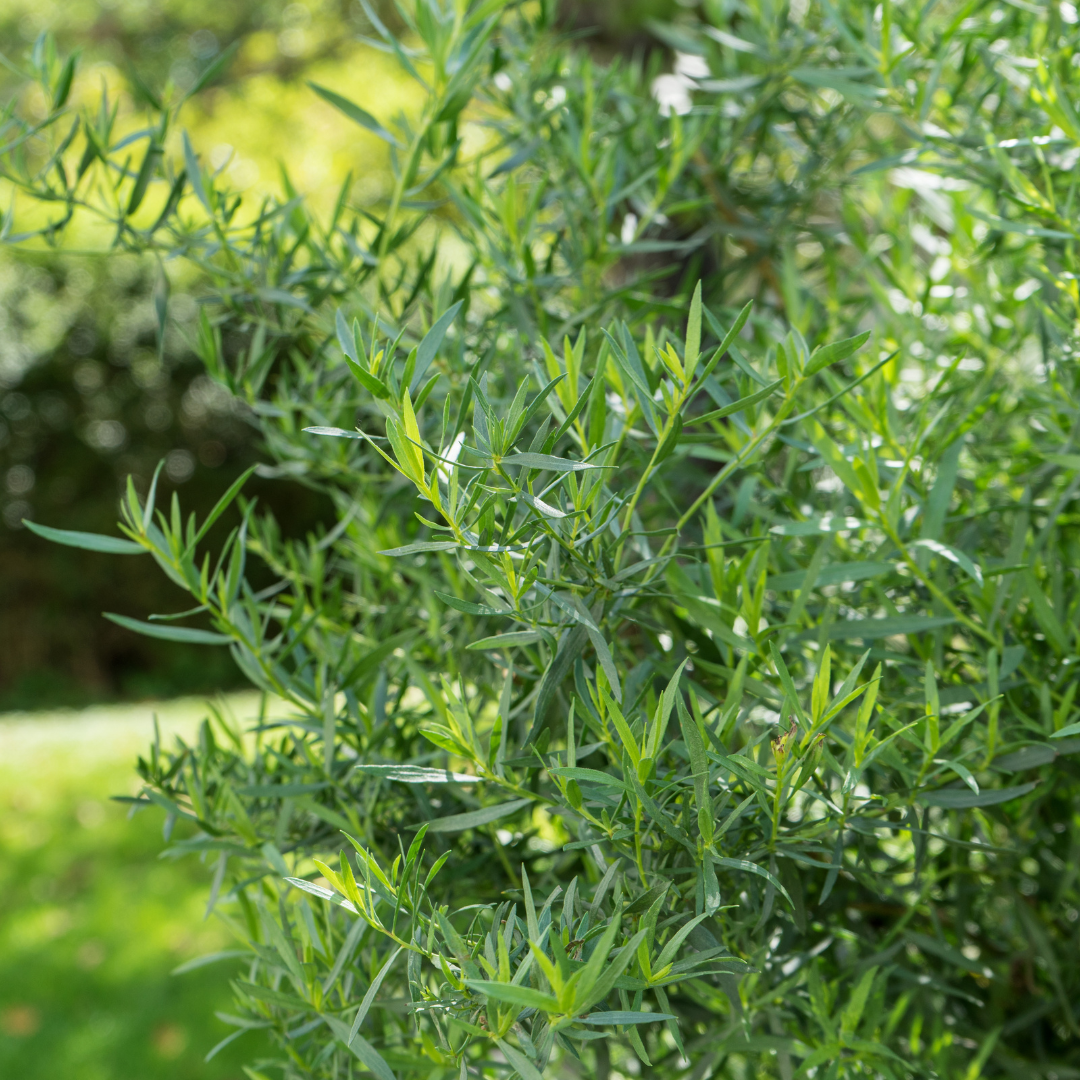
Tarragon
This herb prefers cooler spring and fall weather but can survive through the summer if it is well cared for and shaded during the hottest parts of the day. It takes about 90 days to fully mature, and requires well-drained soil. As such, you don’t want to over-water, as this plant can be prone to root-rot, which is especially harmful to flowering plants like these. You’re going to want to pair this plant up with the tomato, pepper, and eggplant seeds, as they all benefit from tarragon’s pest-deterrent properties. Another way to ensure this plant’s success is to apply straw or bark chips to its soil to help with drainage. All that’s left is to ensure good airflow for this plant and you should be on your way to a prosperous bloom!
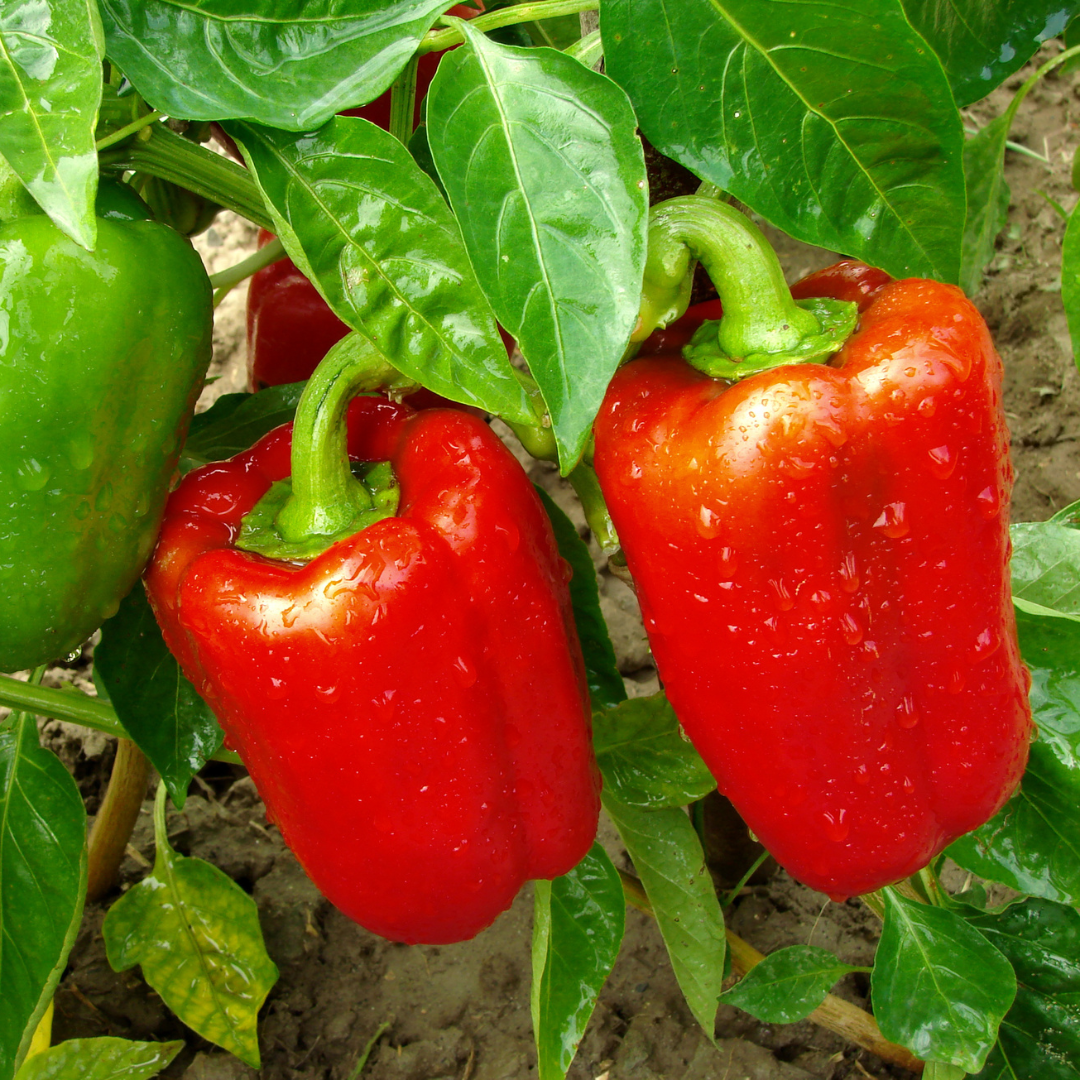
Peppers
Both sweet and hot peppers can be planted in summer. They love the heat and usually continue to produce until winter, when it might start to slow down in fruiting. Phosphorus in the soil as well as calcium applied to the leaves (when diluted with water) help it avoid blossom rot and provides conditions for ample production. Make sure this plants soil is not too compacted, water from the base whenever possible. This plant should mature in about 83 days, and can have multiple growing phases once the first few fully-grown peppers are harvested.
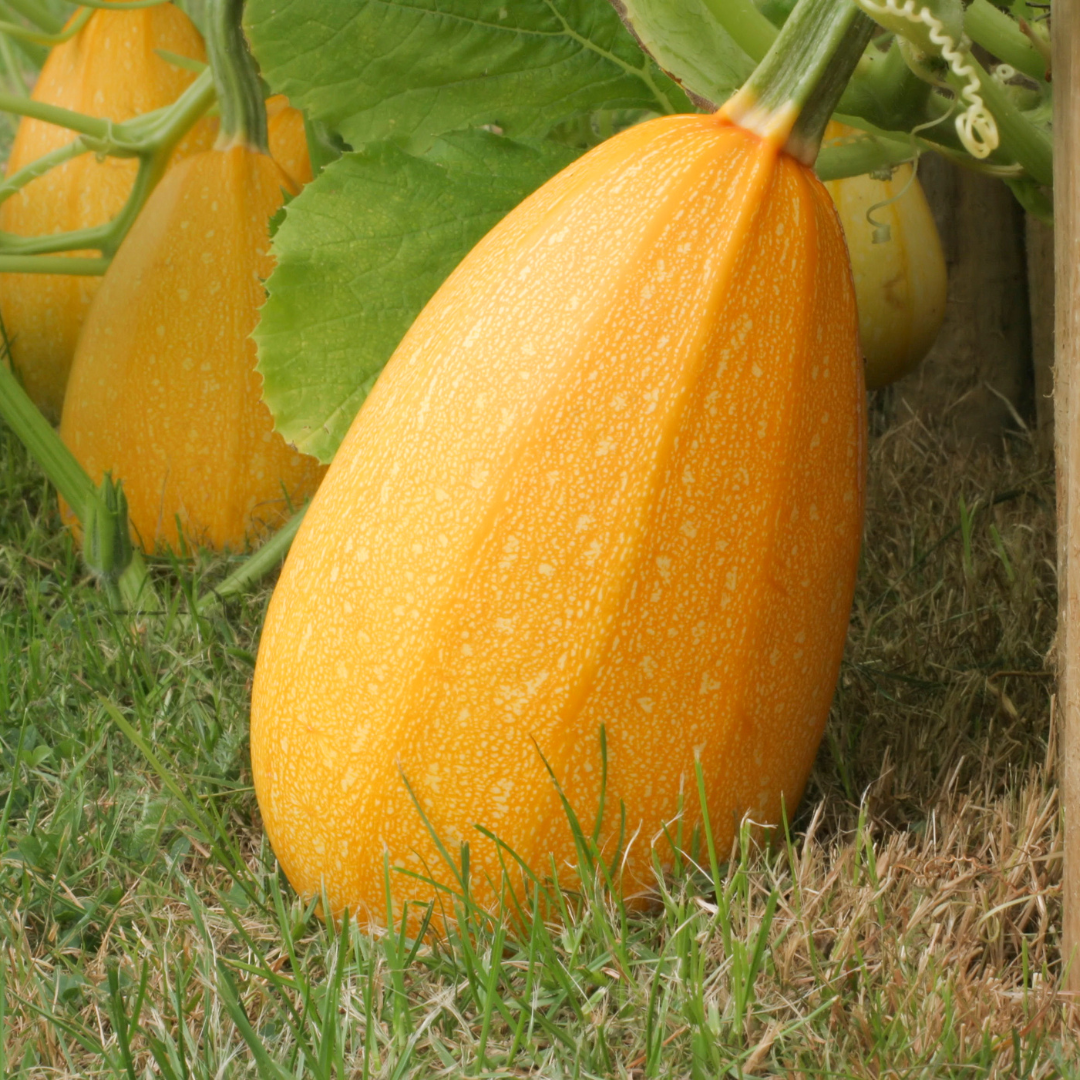
Spaghetti Squash
Summer squash varieties are typically planted in spring, but you can plant them in summer for a late harvest. Just be aware that the intense summer heat can sometimes be too much for squash plants, so it’s best to keep it out of direct sunlight during peak sun hours in its early stages of growth. Mulching the soil this plant grows on helps with water retention. Cucumber beetles, squash bugs, and vine borers pests can be controlled by planting marigolds and radishes. Given optimal conditions, this plant should reach full growth within 90 days, and you can pick the fruits once the plant ripens from its budding pale hue into a richer yellow color.
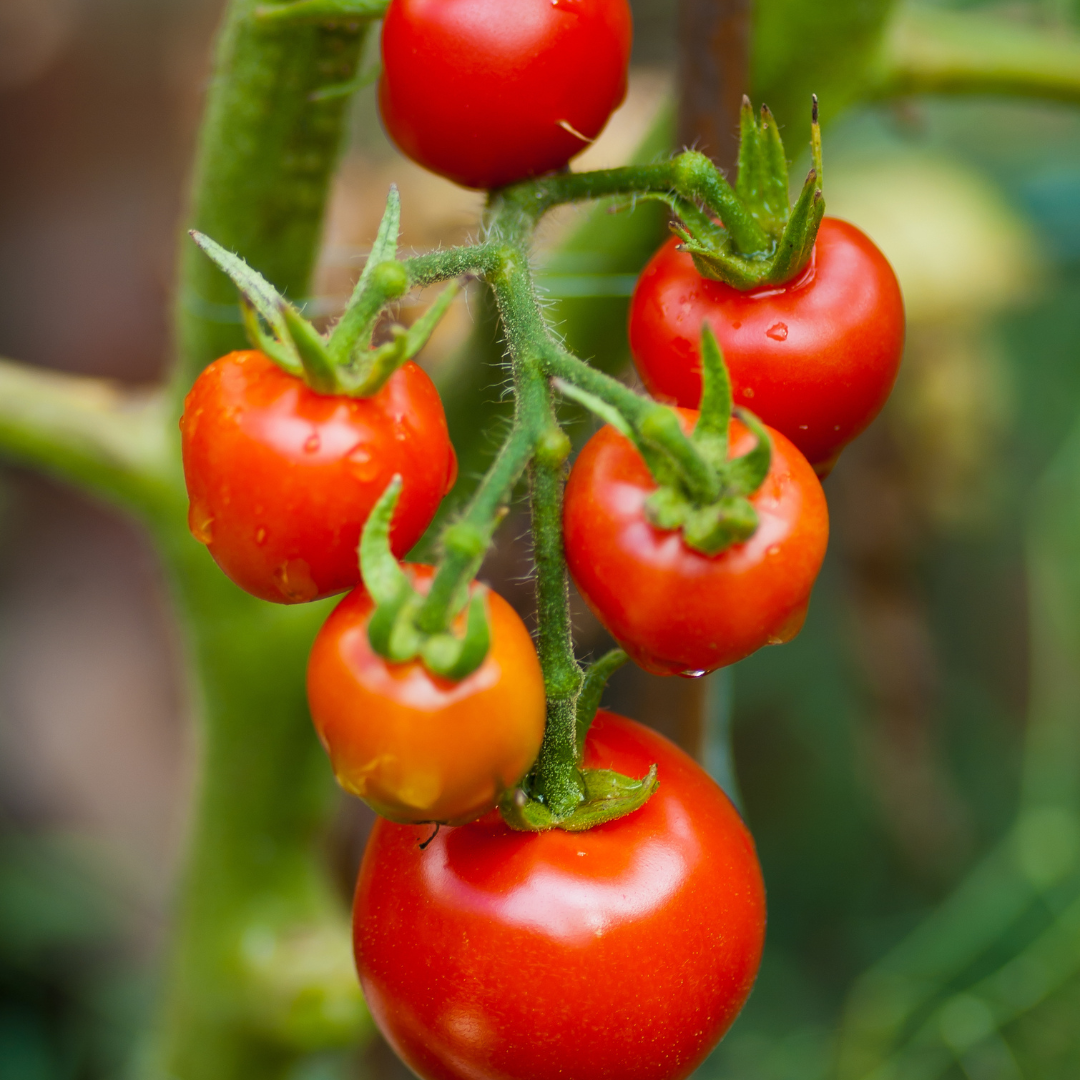
Cherry Tomato
Depending on the variety, some tomatoes can be planted for a fall harvest if planted in early to mid-summer. This blight-resistant heirloom cherry tomato takes about 60 days to reach maturity, and can benefit from typical tomato rearing tactics like removing “suckers” from below the first flower cluster. Suckers are a tomato’s way of packing as much growth as possible into one plant, but they’re more trouble than they’re worth, often making the plant heavy and bushy. They can be identified by looking at your tomato stem, pinpointing your tomato branches, and then eliminating the small tufts of leaves that tend to grow between your stem and branches. Make sure to also remove any low-hanging branches that can brush against the ground, to avoid creating a ladder for insects to climb and harm your plant. You’re also going to want to prune your plant once it reaches its adult stage to prevent bushiness, while also promoting the air flow needed to pollinate your flower buds. Growing this plant alongside peppers and marigolds may help keep pests from settling near your tomato plant!
With this detailed guide, you are now ready to embark on your planting journey. Remember, every plant has its own unique needs and qualities, and by understanding these, you can increase your chances of a successful harvest. The right mix of sun, shade, water, and companion plants can help create a thriving garden even in the heat of the Central Florida sun. Also, don’t forget to keep an eye out for signs of pests and diseases, ensuring your plants remain healthy and strong. Happy planting, and we can't wait to hear about your bountiful harvest!
New seeds available through our Seed Library starting September 1.
